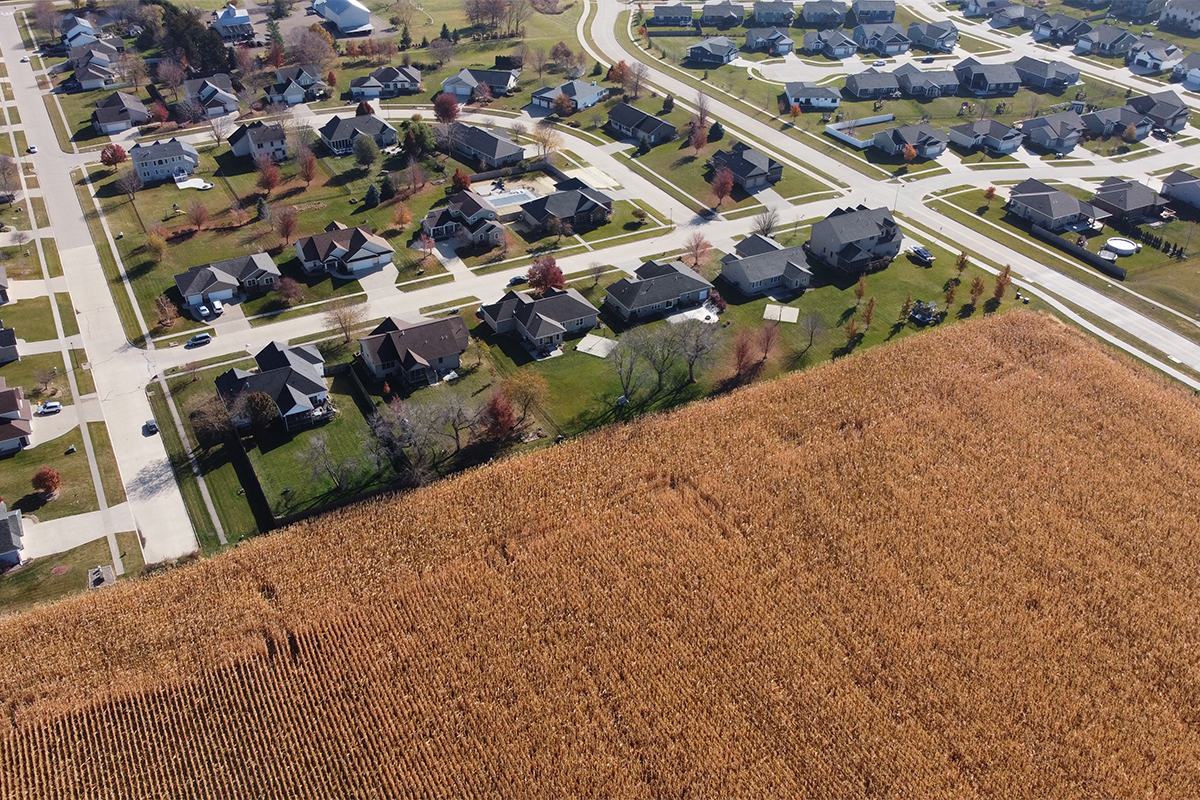How Does the City Pay for Things?
This month, the City of North Liberty is getting ready to close its annual budget cycle, which started in earnest about six months ago with staff assessing expenses and councilors setting goals. You might be aware of this milestone because of a public notice in your local newspaper or, more likely, because you received a letter from the county auditor.
The letter, mandated by the State of Iowa starting last year, is mailed by a county auditor to each Iowa property owner as cities, counties, and school districts set their annual budgets.
Transparency is great. The problem, though, is that the state-mandated letter contains assumptions about property value increases that are, to put it delicately, inaccurate. While the state requires the county auditor to assume that each and every property has increased in value by 10 percent, unless you made improvements like adding a garage or building out a commercial space, your property’s assessed value for the coming tax year likely hasn’t changed, as far as the county assessor is concerned.
In Iowa, property taxes are the primary funding mechanism for city governments to pay for police, fire, parks, trails, recreation services, libraries, and other public amenities and services. They are also a primary funding source for public schools and county governments. Property tax revenue is divided among these three entities, with about one-third going to the City.
(Other municipal services have different funding sources: Roads are paid for with road use taxes from gasoline sales and vehicle registrations, municipal water bills fund water treatment, sewer use fees fund sewers, and some state and federal grants support specific projects or goals, for example.)
Every odd-numbered year, the county assessor determines the value of your property which is used to calculate your tax liability. Unless something changed in 2024, the coming fiscal year is based on your property’s 2023 value. Despite the state-mandated assumption of a 10 percent increase in property values, the actual increase across Johnson County was about a tenth of that.
To further limit the impact on property owners, the Iowa Department of Revenue determines the “rollback” each year—the percentage of a property’s assessed value that is subject to property taxes. In recent years, this percentage has fluctuated between 45% and 55% residential properties and is 90% for commercial properties. Additionally, a few property tax credits are available to residents to further reduce the impact, including: a military credit for veterans, a homestead credit for primary residences and homestead exemption for seniors aged 65 and older.
By law, cities are limited in how much they can levy for their general fund, based on a convoluted formula, which has gone down from $8.10 per $1,000 of taxable value (after the rollback on property value) and is expected to continue to decline annually. North Liberty is planning a general fund levy of $7.64, down from last year’s $7.86.
There are also a couple of other levies in the mix for very narrow uses, such as debt service and trust and agency. The city’s total levy increased by $0.32, or about 2.8 percent.
Was this 500-plus-word adventure through municipal funding mechanisms not enough for you? The State of Iowa offers a Citizen Property Tax Guide with a punchy “property tax basics” video with a run time just under 19 minutes.

